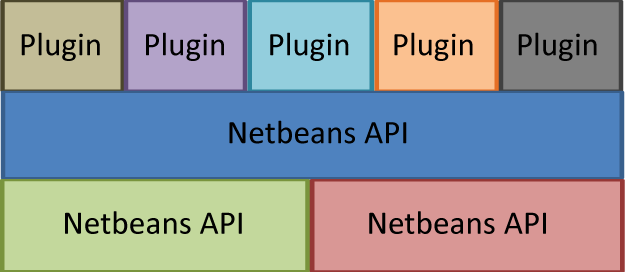Team:Berkeley/Clotho/Plugin Platform
From 2010.igem.org
Plugin Architecture
- Home
- Project
- Parts
- Results
- Judging
- Clotho
- Human Practices
- Team Resources
Clotho provides a plugin framework for the development of new tools. As illustrated by the picture below, Clotho plugins are built on top of the Clotho API, and are able to use functionality provided by this API. Clotho in turn uses functionality from other libraries below it. The plugin framework is built on the Netbeans Platform (netbeans.org), which manages the plugin environment. This includes checking that all the dependencies of a plugin are satisfied before it is launched, managing all the files that may be necessary for a plugin to function correctly, as well as actually loading the executable code for each plugin into Clotho at runtime. The Hibernate library provides a structured interface to external databases and is discussed in more detail on the Data Model page.
Clotho classifies plugins into eight distinct categories: ClothoAlgorithm, ClothoConnection, ClothoFormat, ClothoGrammar, ClothoPlugin, ClothoTool, ClothoViewer, and ClothoWidget. These categories are based on the different types of functionality a plugin can provide. For example, a ClothoConnection provides connections to a database, while a ClothoTool is a tool built on the Clotho platform. Plugins are discovered and loaded dynamically when Clotho starts. For more information about how to write a plugin, what functionality the Clotho API provides, and to download plugins for your own use, visit the clothocad.org.
 "
"
